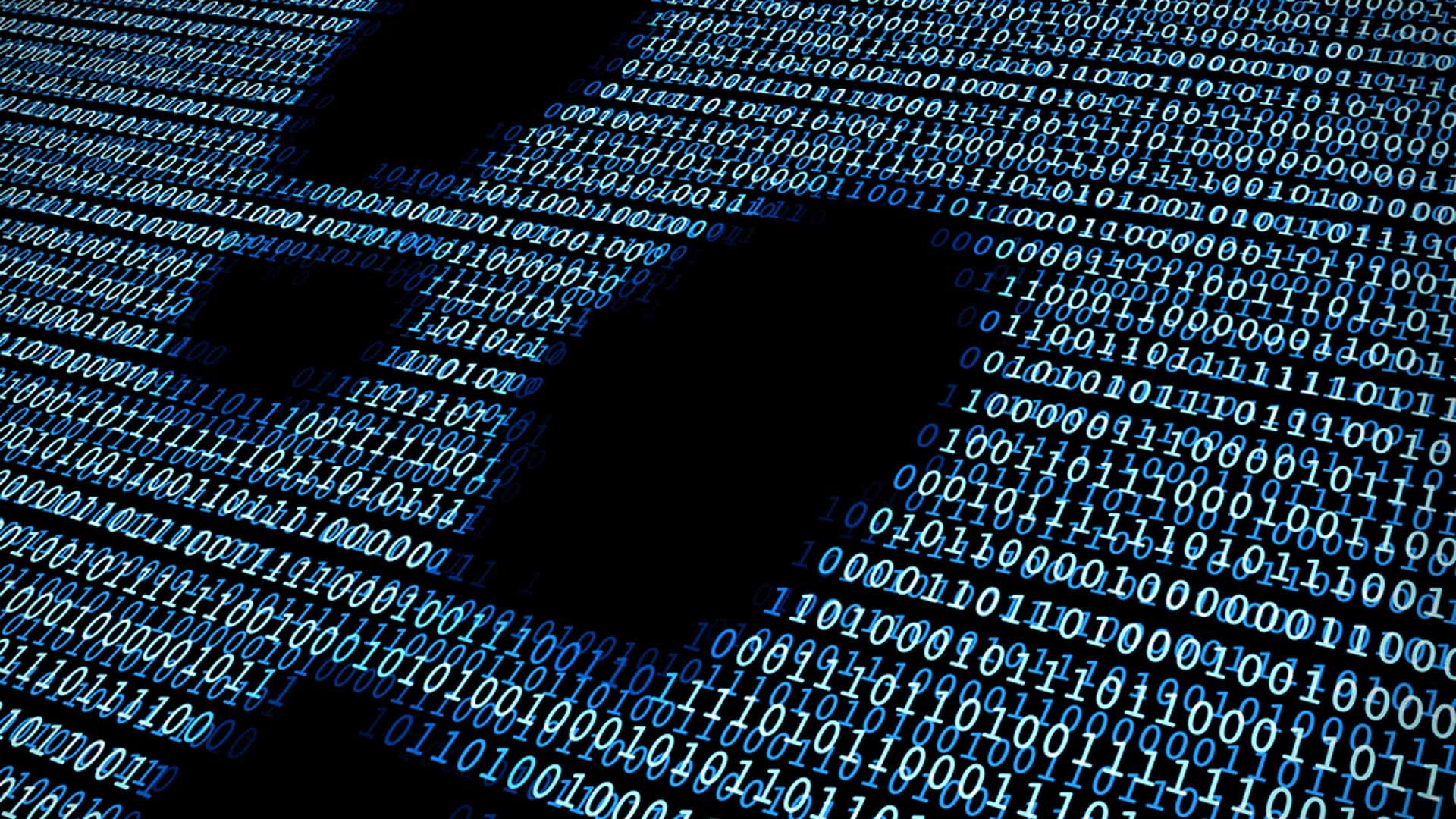You and your company are one quick Google search away from existing and potential clients, business partners, other organizations and companies – a few taps away from getting reviewed, hired or rejected for a project, partnership or long-term business. Do you know what they are going to see online? How much of you and your company can they see online?
Every time we use the Internet to send emails, visit websites, look or review products or services, or shop online, the internet is looking back at us. The traces we leave online can and may be used to get our personal information, identify current location, and even profile our political preferences and other predilections. All these make up what is called a digital footprint.
While it is impossible not to leave digital footprints, managing one’s online identity and reducing one’s digital footprint is not impossible. This crash course will walk us through how to manage our digital footprint.
What is a digital footprint?
Digital footprint is the trail of data we leave behind that makes up our online portrait. This portrait includes data from search history, comments, private messages, photos and videos, including deleted ones.
There are several ways by which we leave footprints:
Social Media and Email
Posting anything online or emailing someone is an active way of widening one’s digital footprint. Every like, share and comment we make adds up to the identity that we’re contributing to create. Every chunk of information we share is a chunk of privacy we voluntarily give up. So, before posting or sending anything, we need to ask ourselves one question: Are we willing to have that material or information online forever for anyone and everyone to see?
Websites and Online Shopping
Every time we visit a product review and surf retailer pages, these sites leave cookies in our system that track our movement from site to site and allow them to target us with personalized advertisements from the products we’ve been looking at or reading about. The sites use all these information to curate a page for us the next time we visit the same sites. This is why it’s not a coincidence to keep seeing related products and ads on sites we visit. Some of us may appreciate or enjoy these “curated” pages, but it would be worth noting that while these mean to inform, they also serve a marketing purpose, and we have been targets of that marketing push.
While a lot of people argue that they have nothing to hide online, it is important to discuss the possibility of businesses profiting from our digital activities and information without our knowledge or permission.
Where does my digital footprint go?
Everything we put online gets stored in a database and stays online indefinitely. In our highly digitalized world where the commercial value of data is more valuable than oil[4], some companies commoditize data and sell them to other businesses without our control or permission. Who would forget the Cambridge Analytica scandal that changed the landscape of handling data and privacy and possibly put a man in the most powerful seat in the world[5]?
Other times, websites use data for the convenience of its users. Cache and cookie are forms of temporary storage that keep information on the computer to improve the user experience and web page performance.
Cache helps web pages load faster by keeping resource files such as audio, video or documents so pages are easily accessed on the next visit. Cookies, on the other hand, store data related to the user. These include user preferences and browsing history, which when combined help advertisers personalize ads that we see or those pushed to us through notifications.
Data, like power, is not inherently bad. It’s how we use it that may be beneficial or harmful. There had been discussions whether this practice of storing information is ethical or not. At the personal level, what can we do to keep our data secure?
How do I manage my digital footprint?
There are 2 ways our digital footprint grows larger: the passive and active way.
A passive digital footprint is the trail of data we unintentionally leave online such as search history, IP address and approximate location. An active digital footprint includes data we voluntarily submit online such as emails, tweets and photos.
Unlike our footprints on the sand, we cannot simply wipe out our digital data like they never happened in the first place. We can only manage them to make sure they are not used against us.
Here are some tips on managing our online portrait:
Keep in mind that once information is online, it can be difficult or impossible to remove. So it won’t hurt to think before posting, sharing or yes, even clicking.
Words, photos and messages posted or shared can be misinterpreted, and this may cause unintended insult or misunderstanding. The mere liking of a photo on social media gives some insights on our preferences and search behavior, something that ads can maximize.
Digital footprint is equivalent to online reputation that gives other people, including potential employers, colleagues and business partners, an impression of who we are. If one’s social media accounts are intended for work or business, it might help to limit personal material or data and emphasize only professional or work-related information.
Constantly check the social media’s privacy settings and set contact information and personal details available only to close friends.
Behave online with the idea that a 3rd party is monitoring all activities. This way, we can be more vigilant and responsible for the data we generate.
As the number of Internet users continues to increase, with even children having their own social media accounts, conversations asking the government to protect our digital privacy echo even more loudly. Vigilance is key to keep our online selves secured and safe. At this day and age, we all leave digital footprint. It’s how we manage these digital portraits that is the question.








